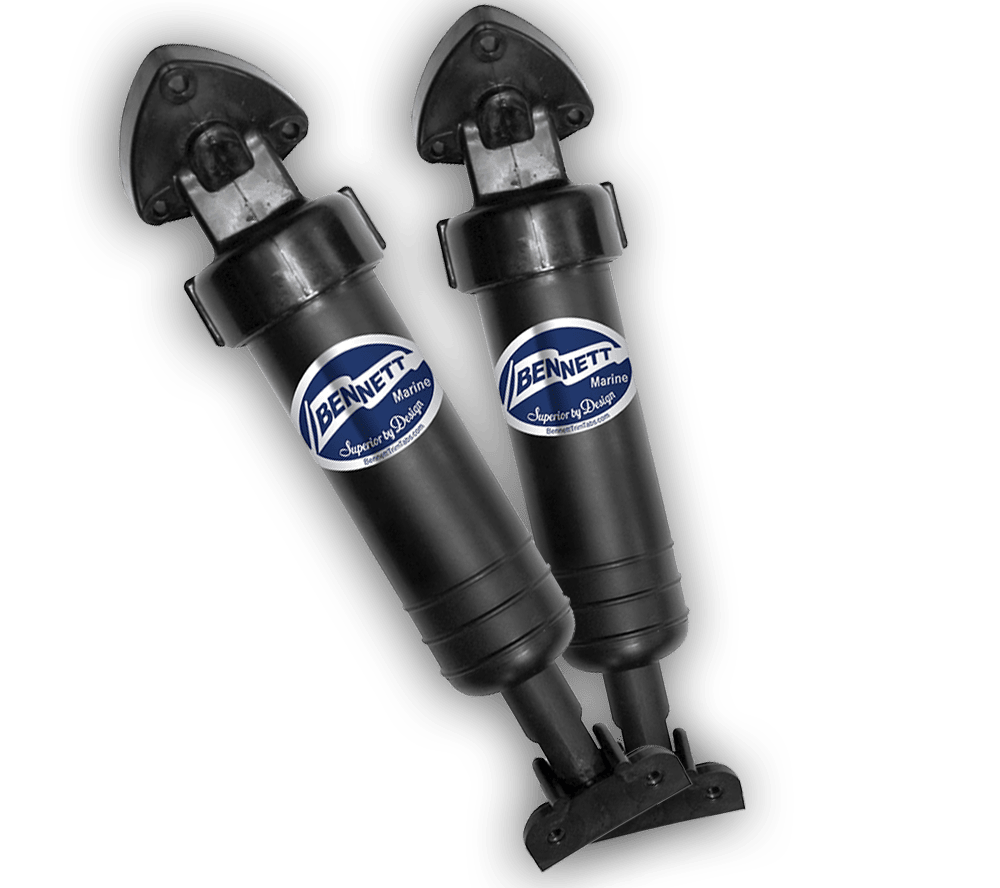find out more
What is an actuator
An actuator (also know as a ram) is a component of the trim tab that is responsible for the movement and control. Actuators are precision-engineered and designed to combine waterproof, quiet and maintenance free operation. The positioning ensures that there is accurate positioning and maximum lift force to create a self-contained system ensuring proficient adjustment to the running angle of the vessel.
technical specs
ACTUATOR size chart
All models provide a 2.5″ standard stroke. The “standard” size actuator (A1101A) is 13-3/4″ long when compressed, and has 2-1/2″ of extension

Hydraulic

Electric

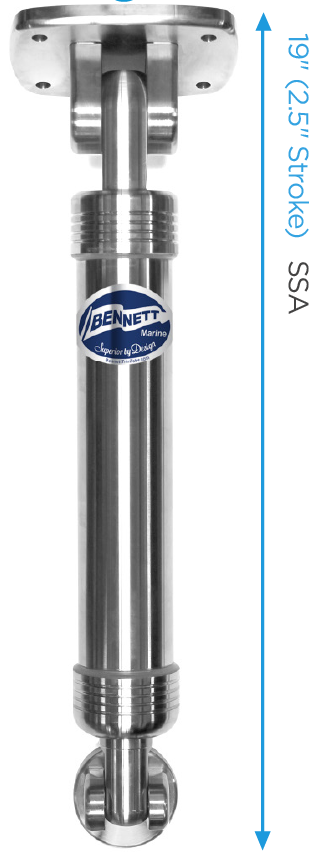

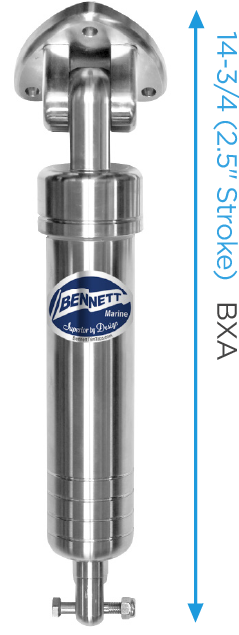

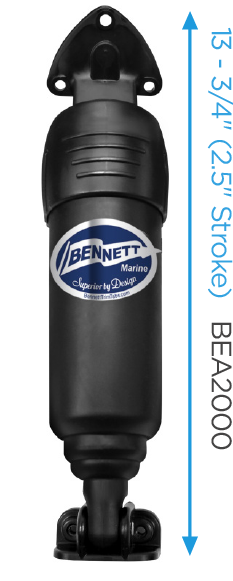

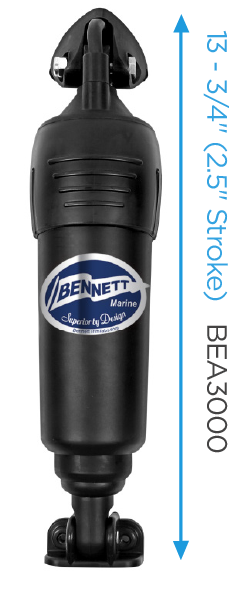

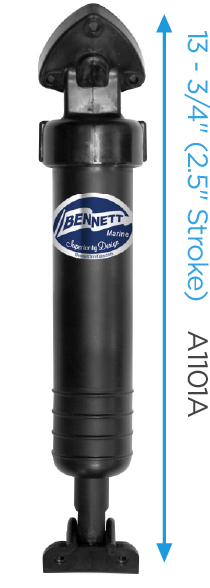

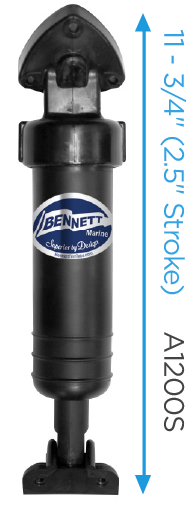

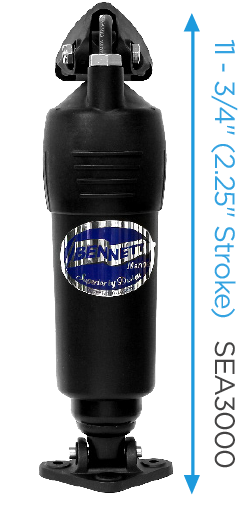
find the right fit
choosing the right actuator
If you have an Electric (Bolt) system, you will require BEA2000 (adjustable) or BEA3000 (fixed)
For a hydraulic system, you will require a standard size actuator (A1101A)
For limited clearance applications a shorter actuator (A1200s) is available.
To identify an actuator, standard size actuator (A1101A) bodies have 4 rings at the lower end of the cylinder, and shorter (A1200s) have 3 rings at the lower end of the cylinder.
learn more
how does it work
Bolt actuators use DC (battery power) electricity directly into the actuator where a reversible electric motor turns to make the actuator get longer or shorter thus making the tab go up or down.
Classic actuators use hydraulic oil piped to the actuator where a piston & cylinder fill & empty with the oil to make the actuator longer or shorter in a similar way. The hydraulic oil comes from a compact power-pack usually mounted in the engine room, within the power pack is a reversible electric motor connected to a hydraulic pump & electrically controlled hydraulic valves.
